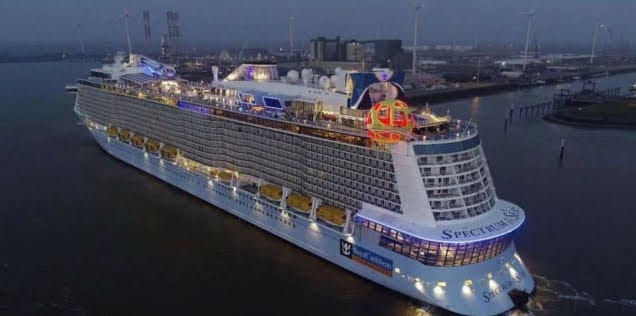A cargo ship or freighter is a merchant ship that carries cargo, goods, and materials from one port to another. Thousands of cargo carriers ply the world’s seas and oceans each year, handling the bulk of international trade. Cargo ships are usually specially designed for the task, often being equipped with cranes and other mechanisms to load and unload, and come in all sizes. Today, they are almost always built of welded steel, and with some exceptions generally have a life expectancy of 25 to 30 years before being scrapped.
The words cargo and freight have become interchangeable in casual usage. Technically, “cargo” refers to the goods carried aboard the ship for hire, while “freight” refers to the act of carrying of such cargo, but the terms have been used interchangeably for centuries.
Generally, the modern ocean shipping business is divided into two classes:
- Liner business: typically (but not exclusively) container vessels (wherein “general cargo” is carried in 20- or 40-foot containers), operating as “common carriers”, calling at a regularly published schedule of ports. A common carrier refers to a regulated service where any member of the public may book cargo for shipment, according to long-established and internationally agreed rules.
- Tramp-tanker business: generally this is private business arranged between the shipper and receiver and facilitated by the vessel owners or operators, who offer their vessels for hire to carry bulk (dry or liquid) or break bulk (cargoes with individually handled pieces) to any suitable port(s) in the world, according to a specifically drawn contract, called a charter party.
Larger cargo ships are generally operated by shipping lines: companies that specialize in the handling of cargo in general. Smaller vessels, such as coasters, are often owned by their operators.
courtesy: https://en.wikipedia.org/wiki/Cargo_ship

